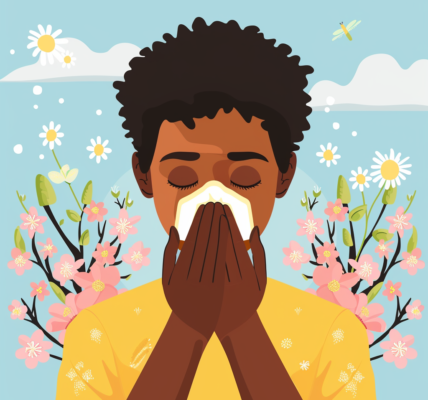The transition from summer to fall brings about significant changes, not just in weather but also in mood and lifestyle. As the first day of fall approaches, many individuals start to feel the effects of this seasonal shift, which can lead to feelings of sadness or anxiety. Understanding these changes and how to effectively manage them is crucial for maintaining mental well-being.
According to Ashley Karpinski, Executive Director of Behavioral Health at CVS Health, the end of summer often correlates with a noticeable shift in emotions. “We associate the summer with this joy of freedom and lack of structure,” she explains. As the days grow shorter and the carefree spirit of summer fades, individuals may experience what can be described as a ‘dopamine crash.’ This phenomenon occurs as the thrill of summer activities gives way to the more structured and often busier routines of fall.
For many, the end of summer signifies the loss of beloved activities such as pool parties, beach outings, and long, sunny days. The transition back to a more regimented schedule can be jarring, particularly for families with children returning to school. This adjustment can lead to increased stress and anxiety, making it essential to find ways to cope with these changes.
One effective strategy for managing the end-of-summer blues is to establish a new routine that incorporates elements of joy and relaxation. Here are some tips to help ease the transition:
- Embrace Outdoor Activities: Even as temperatures cool, fall offers a unique opportunity to enjoy the outdoors. Activities like hiking, apple picking, or visiting pumpkin patches can provide a refreshing change of pace while keeping you connected to nature.
- Stay Active: Regular physical activity is essential for mental health. Consider joining a local sports team, enrolling in fitness classes, or simply taking daily walks. Exercise releases endorphins, which can help boost your mood.
- Maintain Social Connections: As schedules become busier, it’s easy to let social interactions fall by the wayside. Make a conscious effort to connect with friends and family, whether through planned outings or casual get-togethers.
- Prioritize Self-Care: Set aside time each week for self-care activities that you enjoy, such as reading, meditating, or engaging in a creative hobby. This can help you recharge and maintain a positive outlook.
- Adjust Your Sleep Schedule: The changing daylight hours can disrupt sleep patterns. Aim for a consistent sleep schedule to ensure you’re well-rested and ready to tackle the day ahead.
In addition to these strategies, it’s important to be mindful of the potential for Seasonal Affective Disorder (SAD), a type of depression that occurs at certain times of the year, typically in the fall and winter months. Symptoms may include low energy, changes in sleep patterns, and difficulty concentrating. If you or someone you know is struggling with these feelings, it’s advisable to seek professional help.
Furthermore, ensuring adequate Vitamin D intake is crucial, as reduced sunlight exposure during the fall can lead to deficiencies. Consider incorporating foods rich in Vitamin D into your diet or discussing supplementation with a healthcare provider.
As the seasons change, it’s vital to recognize the emotional impact this can have on individuals. By implementing effective strategies and maintaining a supportive network, people can navigate the transition from summer to fall with greater ease and a healthier mindset.
Ultimately, acknowledging the emotional challenges that come with seasonal changes is the first step toward better mental health. By fostering resilience and adaptability, individuals can enjoy the beauty of fall while minimizing the stress associated with this time of year.





